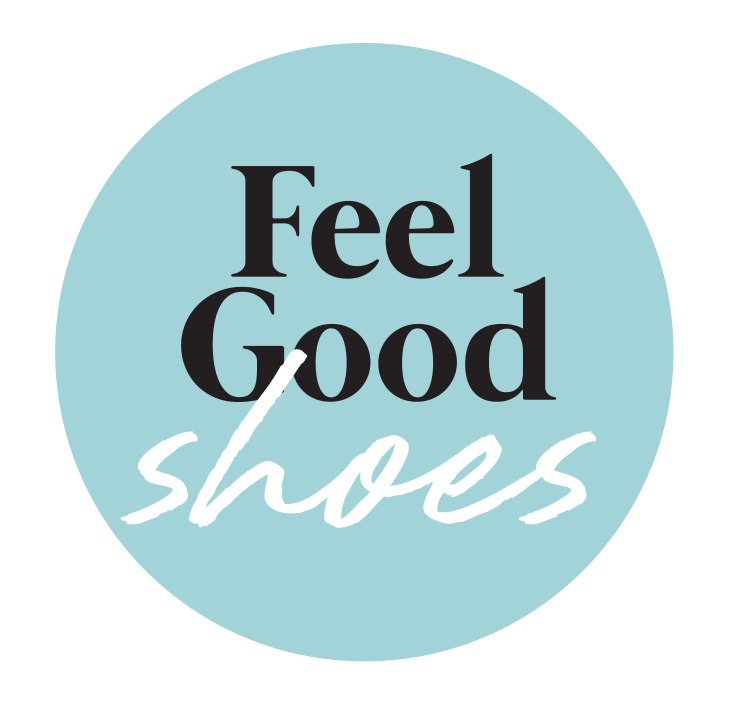Indulge in the delightful sensation of walking barefoot on sand or grass. While it may leave you feeling a bit more fatigued than usual, there's a simple explanation! Surfaces like sand, tiny stones, or grass engage your foot muscles more intensely than flat ground, making each step a workout.
For a child's healthy development, occasional freedom for their feet is crucial. Varied terrains, from cool tiles to rough carpets and soft surfaces, contribute positively. Avoid the monotony of a constant, straight, and smooth walk. Optimal choices include letting them stroll barefoot on grass, sand, or small stones.
Our feet boast over 200,000 nerve endings, facilitating proprioception—the body's awareness of itself in its surroundings. Allowing these nerves to connect with the ground fosters improved balance and coordination in children. Barefoot walking not only strengthens foot muscles, tendons, and ligaments but also maintains a healthy range of motion in foot and ankle joints. Witness the natural grace of a child's squat, a stance many adults struggle to replicate.
Is it safe?
You will be susceptible to injury from the terrain (like rough or wet surfaces or issues with temperature, glass, or other sharp objects on the ground). You also take the chance of exposing your feet to harmful bacteria or infections. Both risks can be prevented, if you choose maintained surfaces like beaches, parks, or your own garden. Do not walk barefoot if you have a foot injury, and wash your feet when you reach home.
Barefoot Shoes: a Healthy Compromise
Being barefoot some part of the day is definitely healthy. When that isn’t an option, then you can go for barefoot shoes that provide similar benefits. In general, shoes can be considered “barefoot shoes” if they:
1. Do not have a raised heel. The shoe should be flat and all the same thickness from heel to toe.
2. Allow free movement of the toes. Many shoes have thin or even pointy toe beds and constrain the toes. A barefoot shoe should be open or allow free toe movement.
Barefoot shoes provide a basic protective barrier between the foot and the ground while not restricting the natural movement of the foot.
In 2018, Protetika started to produce a children's shoe line called Flexi, alongside with its orthopedic core production. Flexi is a style of shoe where all the barefoot footwear qualities are met. In most recent models, the arch support in the insole is missing. The insole is removable, to allow checking the shoe size properly. Flexible sole with a thickness of 3 mm protects the foot from mechanical damage and dirt. Thanks to the thin and flexible sole that adapts to the foot, it is possible to perceive maximum surface information.
Anatomically shaped toe box provides toes with freedom. The shoes allow the child to engage all the muscles, tendons and foot bones just like walking barefoot, thus helping to optimally develop the foot. There is a zero incline between the tip and the heel (no heel). This line of shoes lacks the solid heel counter. Orthopedists recommend to use this type of shoes only for children whose heels do not move to the sides and foot arches are developing nicely.

